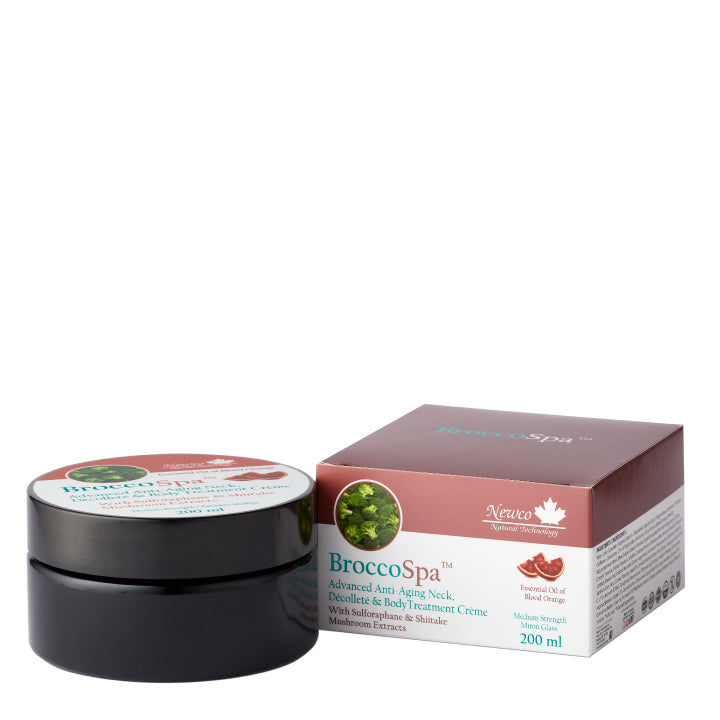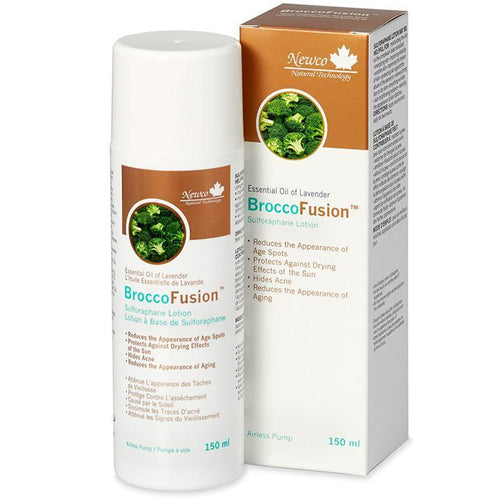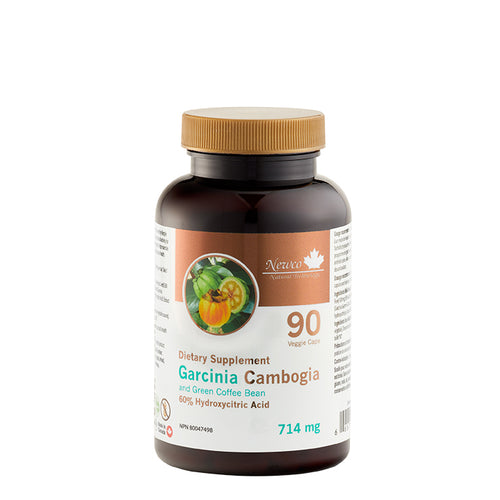But today's functional superfoods are from the land, not the lab; they may be naturally fermented or aged to enhance their benefits, but they're otherwise unprocessed.
By definition, "functional foods" are those that have a disease-preventive impact on health that goes beyond basic nutrition. This superfoods list is not necessarily novel, expensive, or hard to find. Oatmeal is functional because it contains soluble fiber to lower cholesterol, and cruciferous vegetables are functional by virtue of their cancer-preventive compounds. So you can find plenty of functional foods in any grocery store. But for the slightly more adventurous, here are seven superfood selections you may not have tried.
1. Jackfruit
From a tree that's in the same family as fig and mulberry, the jackfruit is native to Asia and traditionally used in everything from curry to candy. More recently, jackfruit has gained popularity as a meat substitute. Unless you live in a large metropolitan area, or have a good local Asian market, it's hard to find in its whole form; look for it dried, or in packages or cans.
Functional benefits: Jackfruit is high in protein, vitamin C, and potassium, and is a valuable low-fat, soy-free, gluten-free meat substitute. It also contains compounds called lectins that have been shown to inhibit herpes simplex and other viruses
How to use it: Cook in coconut milk with curry and vegetables as a meat substitute; roast with onions and peppers, then simmer in barbecue sauce and serve with rice; cook jackfruit in a mixture of coconut oil, chili powder, smoked paprika, and coconut sugar, shred with a fork, and serve on tacos.
2. Cricket Flour
Insects have been used as food for thousands of years around the world, dating as far back as the 8th century BC, when royalty dined on locusts and cicadas. In modern times, insects are a low-fat, highly sustainable source of animal protein. Cricket flour offers a more palatable, Westernized approach to eating bugs. Made by drying or roasting farmed crickets, then grinding them into a fine powder, cricket flour has a mild and slightly nutty flavor.
Functional benefits: Crickets are extremely high in protein, with more protein and omega-3 fats than beef, eggs or chicken. They're also very high in vitamin B12. Unlike other sources of animal protein, cricket flour also contains fiber.
How to use it: Mix cricket flour into pizza dough before baking; stir into lemon-poppyseed pancake mix; use as a base for cheddar and chive scones.

3. Fermented Garlic
Also known as black garlic, fermented garlic isn't strictly fermented; it's made by keeping whole bulbs of garlic in a warm, humid environment for several weeks, then allowing them to oxidize until the flesh turns soft and dark. This process gives fermented garlic a rich, slightly sweet flavor that's reminiscent of prunes, balsamic vinegar, and raisins, while also removing most of the garlic's pungency, which makes the fermented version much more versatile in cooking.
Functional benefits: The "fermentation" process used to make black garlic may enhance its ability to prevent cancer and fight tumors. The process also increases levels of antioxidants, especially s-allyl cysteine (SAC), a powerful anticancer compound.
How to use it: Sauté it with fennel and onions; finely mince it and add to aioli or homemade mayonnaise; chop it and add to scrambled or deviled eggs with chives.

4. Prickly Pear
Also called cactus fruit, the prickly pear comes from a type of cactus with flat leaves and red, pear-shaped fruits that are native to Mexico and the Southwest. Both the fruit and the flat leaves, called nopal, are traditional in Mexican cuisine. You'll find them fresh at larger grocery stores, especially in the Southwest, or in Latin American markets. Or look for frozen purée.
Functional benefits: Prickly pear helps normalize cholesterol levels and control high blood sugar and insulin resistance. It's traditionally used in Mexico to prevent hangovers, likely because of the fruit's anti-inflammatory effects. It's also rich in betalains, a hard-to-find antioxidant that gives beets and Swiss chard stems their color.
How to use it: Combine prickly pear with honey and sparkling water for a refreshing mocktail; use as a base for jelly; whisk the pulp with rice vinegar and sunflower oil for a bright salad dressing.

5. Bitter melon
Native to Asia, and widely grown in Africa and the Caribbean, bitter melon is traditionally used in Chinese and Indian cuisine. It's also a folk remedy used to treat stomach ailments, diabetes, fever, and respiratory diseases. It has a pronounced bitter flavor and, when cooked, an uneventful texture, much like zucchini or summer squash. You can find it in some larger grocery stores and Asian markets.
Functional benefits: Bitter melon juice and extracts help balance blood sugar, lower glucose, treat diabetes, reduce cholesterol, prevent fatty liver disease, and fight obesity.
How to use it: Thinly slice and stir-fry with vegetables and oyster sauce; blanch it by dropping in boiling water for 30 seconds to remove bitterness, then rinse with cold water and toss with oil and vinegar; juice it with apples and cucumbers for a refreshing beverage.

6. Natto
This traditional Japanese food is made by fermenting whole soybeans. It's similar to miso, but much more pungent. It's traditionally eaten for breakfast with soy sauce and chopped green onions. But because of its overwhelming scent (reminiscent of ammonia or gym socks) and its sticky, slimy texture, it's a challenging food for many Westerners. It can, however, be stirred into strong-flavored foods to disguise its odor and texture. Natto shouldn't be cooked, since heat will damage its beneficial enzymes.
Functional benefits: Natto is rich in nattokinase, an enzyme that's created during the fermentation process. Nattokinase has been shown in many studies to decrease blood clotting, which can protect against stroke, heart attack, and other cardiovascular diseases, and may protect against breast and prostate cancer. Natto is also high in Bacillus subtilis, a type of probiotic that's especially useful in treating inflammatory bowel disease and other gastrointestinal conditions.
How to use it: Add to fried rice after cooking; stir into scrambled eggs with lots of green onions and garlic; spread on toast and sprinkle with minced ginger, chopped onions, and tamari.

7. Shiitake Mushrooms
Mushrooms and other fungi have been used for thousands of years for both culinary and medicinal purposes. Some of the more exotic varieties, such as reishi, maitake, and turkey tail, are hard to find except in supplement form. Commonplace shiitakes, available at almost any grocery store, are equally potent and versatile for culinary uses.
Functional benefits: Shiitake is high in lentinan, an immune-supportive compound with powerful antiviral effects. Shiitakes may also inhibit cancer cells, reduce blood pressure, normalize cholesterol levels, reduce triglycerides, and fight obesity.
How to use them: Thinly slice and stir-fry with broccoli, carrots, and olive oil; sauté with garlic and toss with cooked pasta; remove the stems, toss with oil, and roast until tender.
Stir-Fried Shiitake Mushrooms with Tofu and Bok Choy Recipe

Written by Lisa Turner for Better Nutrition and legally licensed through the Matcha publisher network. Please direct all licensing questions to legal@getmatcha.com.





